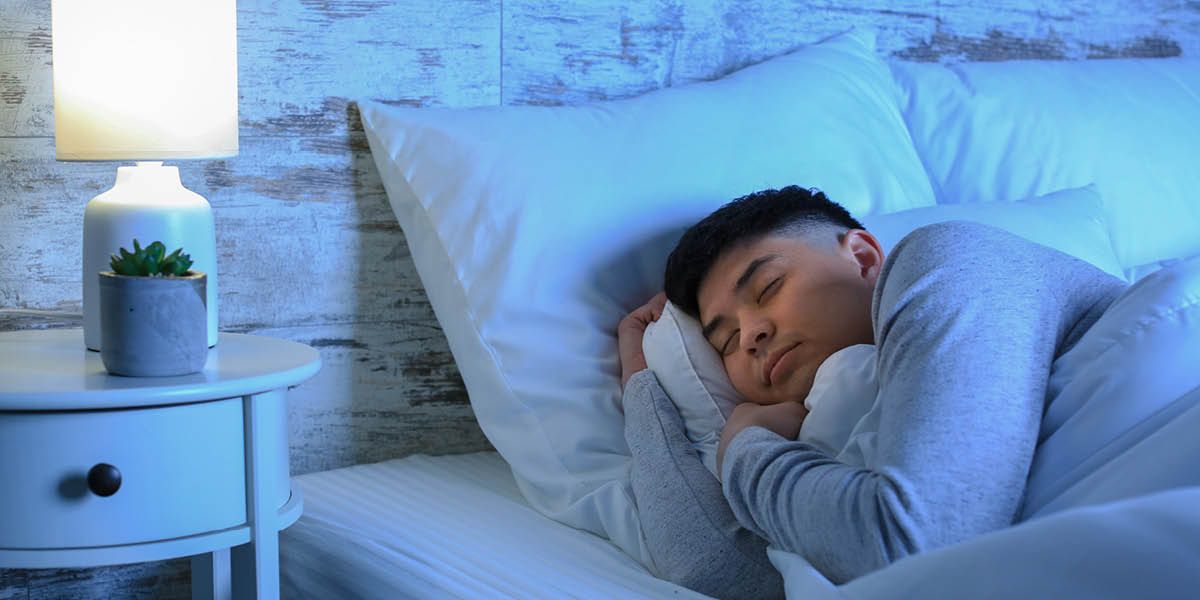-
Sleep Restriction and Ketone Supplements
Official Title Strategies to Augment Ketosis: Ketone Conferred Resiliency Against Sleep Restriction (STAK-Sleep)Purpose
To examine if drinking a ketone supplement, twice a day, can improve brain, digital shooting, and physical performance during short-term sleep restriction (4 nights, 50% of normal sleep).
Could this study be right for you?
- Healthy
- Age: 18 - 40 years old
- BMI: 20-35 kg/m2
- No diagnosed sleep disorders
- Not consuming a ketogenic diet
Age Range
18 - 40 years -
A Study to Learn More about Sleep and Memory Changes in Youth
Official Title Typical Sleep Brain DynamicsPurpose
The Malerba Lab at the Research Institute at Nationwide Children's Hospital is looking for healthy volunteers ages 8 to 19 for a research study on the relation between sleep and memory in children and adolescents. Our goal is to learn how sleep brain activity and memory change throughout development. Children/adolescents will participate in an overnight study in the sleep lab; and play memory games both before and after the sleep night. The study will take about one evening to the next morning to complete and you may be compensated for your time.
Could this study be right for you?
- Participant and legal guardian are each able to complete measures in English
- Participant has no history of sleep study required for medical reasons
- Participant has no history of neurodevelopmental disorder, intellectual disability (defined as presence of Individualized Educational Plan or Section 504 Plan), or chronic illness affecting brain system development (defined as lasting six months and requiring ongoing treatment by a subspecialist, e.g., cancer, epilepsy)
- Participant has no history of severe mental illness or behavioral disorder requiring inpatient hospitalization of treatment;
- Participant does not have sensory or motor impairment precluding completion of study measures
Age Range
8 - 19 years -
Buckeye Concussion Knowledge Survey (BUCKS)
Official Title BUckeye Concussion Knowledge Survey (BUCKS)Purpose
The purpose of this study is to examine health outcomes in former Ohio State University athletes who played a varsity sport during their time at OSU. The objective is to determine whether athletes who sustained a concussion have different health outcomes than those who did not sustain a concussion. Any former OSU varsity athlete can participate in a 20-minute online survey.
Could this study be right for you?
- Anyone who has played a varsity sport as an undergraduate student at OSU, and they have now graduated (i.e., OSU athlete alumni). There are no other restrictions in terms of age, sex/gender, type of sport, etc.
Age Range
18 years and up
